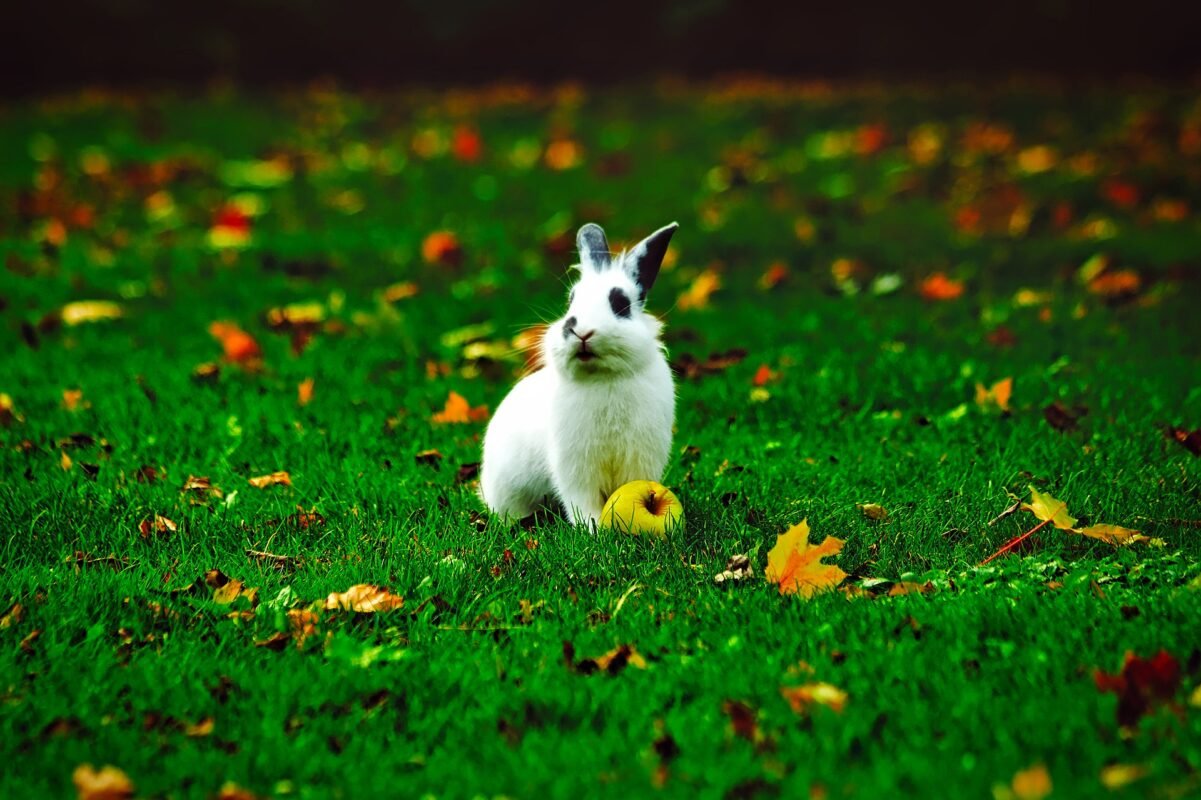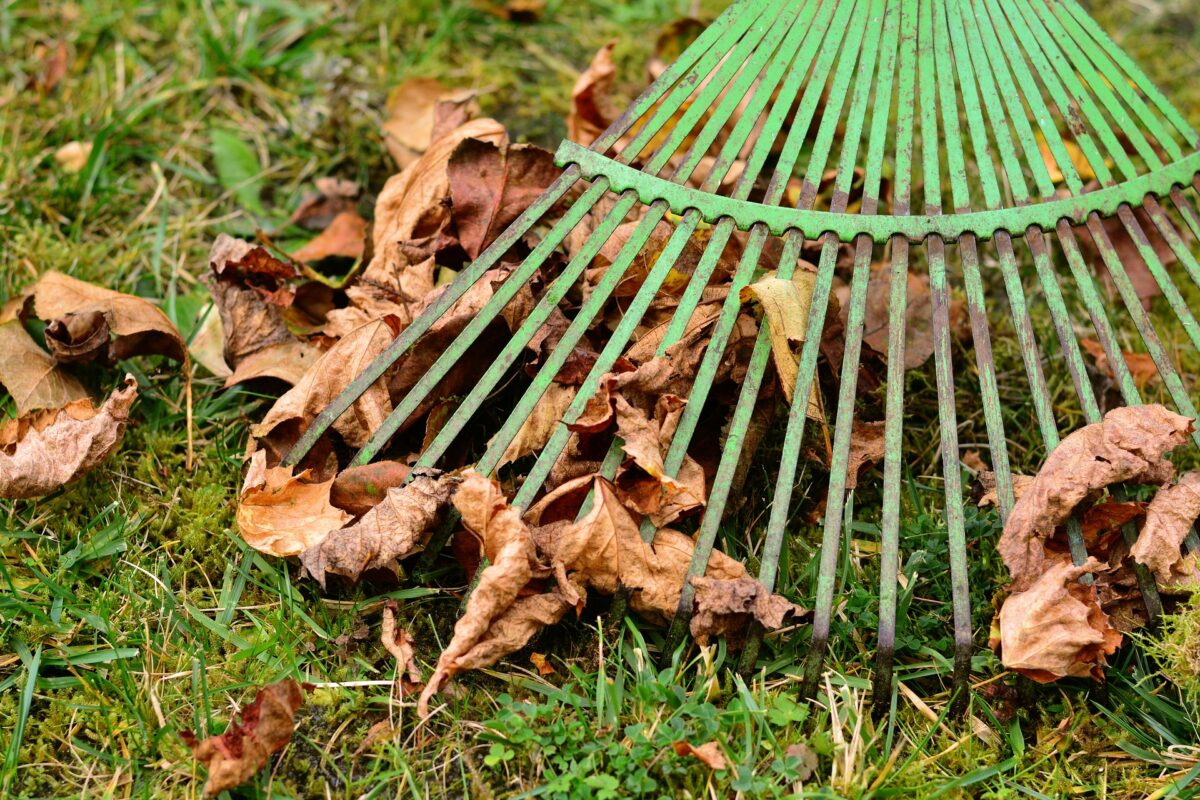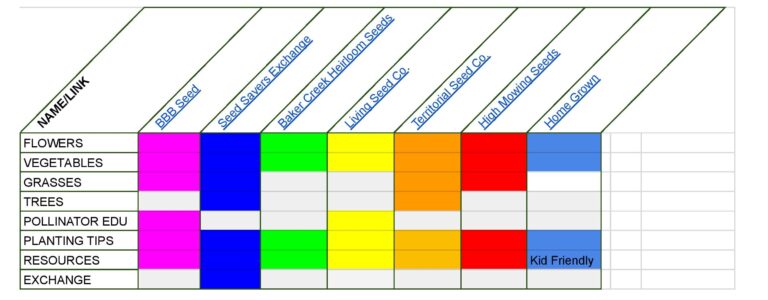A Lush Lawn – Ultimate Guide
How to Put Your Sleepy Lawn to Bed

Lush lawn care is a no brainer over the summer months. It is hot, sweaty work but a lush lawn wants water and a trim, maybe occasional fertilizer, or seeds in the patches where the neighbor’s dog pee’d. We won’t even talk about those d*mn dandelions which are good in a salad but hell on a green lawn. But, isn’t autumn the time to relax and just ignore fall lawn care? I say “No!”. Get up off the hammock and get a jump start on a green lawn next spring.

Green Grass in Malaysia
Here in Malaysia, we only have two seasons; hot (panas) or rainy (hujan). A green lawn grows like crazy but the only cutting tool is a weed wacker. (I need to open a lawn mower business here!) My husband runs the weed wacker and won’t let me get near it. So, I watch our lush lawn grow each week as my chickens start getting lost in the thicket. They love when the grass goes to seed, which happens every two weeks. I figure I am saving on chicken feed, so I don’t mention it to my hubby. But, maybe we need to wack the lawn. Again. It really needs cutting once per week.
When my lawn looks like a thicket, with vines creeping across the grass seeking something to climb, I start dreaming of my house in Denver. The pristine, even, expanse of lush lawn, the automatic sprinkler heads popping up in the evening. Mowing just once per month. The edges trimmed and even. No real fuss and no urgency to cut the lawn. But, as I glanced at the calendar, I realized that in the States, it is time to prepare the autumn lawns for bed.

Preparing the Bed
First and foremost, is raking all the leaves. This is good for two reasons. First, wet, matted leaves can kill your lawn since, just like wet leaves and green grass make compost, we do not want the lawn to be compost. Second, removing the leaves and putting them in the compost bin makes the best healthy soil. I have an avalanche of leaves year round in Malaysia (see photo above) so I have become an expert in leaf management.
To make next spring’s lawn lush and green, make sure to get a big plastic tarp (a plastic picnic table cloth works well). Lay it out on the ground and rake the leaves onto the tarp. Pull the tarp to your compost bin or, if it is quite a distance, pick up the tarp at the corners. Then, transfer the bundle into a wheel barrow and take it to the bin. If you have chickens, you can let them into the bin to scratch and scrounge for a fun afternoon of leaf mixing.
Once the leaves are in the compost bin, add manure, and water it until soggy. You will need grass clippings to heat up the compost bin. To continue your lawn care, mow your grass. Add the grass clippings to the compost at a rate of 2:1 green to brown. The bottom level should be a woody, stick pile to help aerate the pile. You will need compost as the final “blanket” to tuck in your lawn.

De-thatching and Aerating for a Lush Lawn
Lawn care can be heaven once you see the healthy deep green grass. But, between the blades of grass and the ground may be a layer of thatch or old, dead clippings and twigs — especially if you do not use a bag on the mower. This, just like fallen leaves, needs to be removed. If you have a mulching mower, it is OK to leave some green grass clipping on your lawn since it helps to feed a lush lawn and beneficial bugs. But, if your grass is thick bladed or has never been collected, then there can be a problem with thatch. You have several options; buying a de-thatching rake (a stiff bladed rake), renting a de-thatching vertical mower, or hiring a lawn care company to do the work for you.
De-thatching
For a small lawn a de-thatching rake will do fine. The rake is solid and will dig into the root area of the grass but you do not want to start tearing up your lawn by the roots, If you get too many bald patches take a break and let the grass recover into those patches for a few weeks. You never want more than a couple of square inches bare. The de-thatching can be done while you are raking leaves since the thatch makes a good addition to the compost bin. With a large yard, do not try to rake all your leaves or de-thatch at one time. The trees will make more leaves. Take your time and do this upper body workout every evening when it is cool.
Aeration
Aeration is when soil plugs are taken out of the lawn or holes are made in the lawn by big spikes to allow air to reach the lawn’s roots. A sharp barn fork can be used to poke holes in the lawn. But, plugs are the best for lawns since spikes tends to compact the soil. In Denver, I used a lawn company every other year to aerate the lawn. They used the plug method which takes 1/2″ plugs of soil out about 2-3″ deep and about 1″ apart.
If you are doing it yourself, aeration should be done after a rain since it is much easier to do on softer soil. You can simply water your lawn thoroughly the day before. Finally, let the plugs, which will be laying all over your lawn, dry out for a day or two. Then, run over them with a lawn mower to break them apart. Aerate early in the fall then continue to mow and water your lawn as normal.

Feed a Lush Lawn Before Bedtime
Most lawns like alkaline soil with most grass Ph at 6.6-7.0. Here is a list of some of the most common grasses in North America.

Cool season grasses
Cool season grasses start growth at 5 °C (41 °F), and grow at their fastest rate when temperatures are between 10 °C (50 °F) and 25 °C (77 °F), in climates that have relatively mild/cool summers, with two periods of rapid growth in the spring and autumn. They retain their color well in extreme cold and typically grow very dense, carpet-like lawns with relatively little thatch.
Bluegrass (Poa spp.)
Bentgrass (Agrostis spp.)
Ryegrasses (Lolium spp.)
Fescues (Festuca spp.)
Feather reed grass (Calamogrostis spp.)
Tufted hair grass (Deschampsia spp.)

Warm season grasses
Warm season green grasses only start growth at temperatures above 10 °C (50 °F), and grow fastest when temperatures are between 25 °C (77 °F) and 35 °C (95 °F), with one long growth period over the spring and summer. They often go dormant in cooler months, turning shades of tan or brown. Many warm season grasses are quite drought tolerant and stay green, and can handle very high summer temperatures, although temperatures below −15 °C (5 °F) can kill most southern warm season grasses. The northern varieties, such as buffalograss and blue grama, are hardy to 45 °C (113 °F).
Zoysiagrass (Zoysia spp.)
Bermudagrass (Cynodon spp.)
St. Augustine grass (Stenotaphrum secundatum)
Bahiagrass (Paspalum spp.)
Centipedegrass (Eremochloa ophiuroides)
Carpet grass (Axonopus spp.)
Buffalograss (Bouteloua dactyloides)
Grama grass (Bouteloua spp.)
Kikuyu grass (Pennisetum clandestinum)
Ph Balance for a Green Lawn
Since most grass like alkaline soil, some soils may need lime to neutralize the acid. However, do not go buy lime and start flinging it out onto your lawn. You do not want to burn your lush lawn which is exactly what lime can do. First, test the Ph of the soil. I have a blog post about how to test soil without a Ph meter here. Find out the PH preference of the grass you have and then, determine if you need to add lime. The lime should be mixed with cool compost 1/2 and 1/2 or 1/3 lime to 2/3 compost depending on how far off your Ph is.
Warm climate grasses in the south like to be fed in August and September. In the cooler states, the lawns should be fed later in the season, September to October.
If your lawn has the correct Ph, you can use the cool compost or a lawn fertilizer (or both) to feed your lawn a snack before it goes to sleep. Water your lawn thoroughly after feeding.
Tuck in Your Green Lawn
As the weather cools and frosts approach, the lawn should be cut, then re-cut at a lower level by dropping the blade on your lawn mower. During this last cut, do not use the lawn mower bag. If you have a mulching blade use it, if not, make sure the clippings form a light layer of mulch over the lawn with your normal rake, avoid clumps of grass clippings. This mulch will be nitrogen feed for the lawn and feed for worms and other good bacteria over the winter months. You can also use some of your cool leaf compost as a mulch blanket but do not add lime at the final feeding.

If you have bare or wet areas under bushes or trees, use these last months of the season to plant ground cover plants in these areas like mondo grass or juniper. Quit struggling to grow grass there and landscape with other options.
Say “nighty night” to your lush lawn and snuggle under your own blanket for the winter months. Now all you have to look forward to is snow shoveling. (evil laugh).
You can laugh right back because I will still be out with my pruning shears cutting back those insidious vines that creep across my lawn. I hope you found this guide useful, you can be the envy of your block next spring if you follow these steps of lawn care. Please comment below and tell me if you hire a gardener to aerate your lawn or if you do it yourself.
